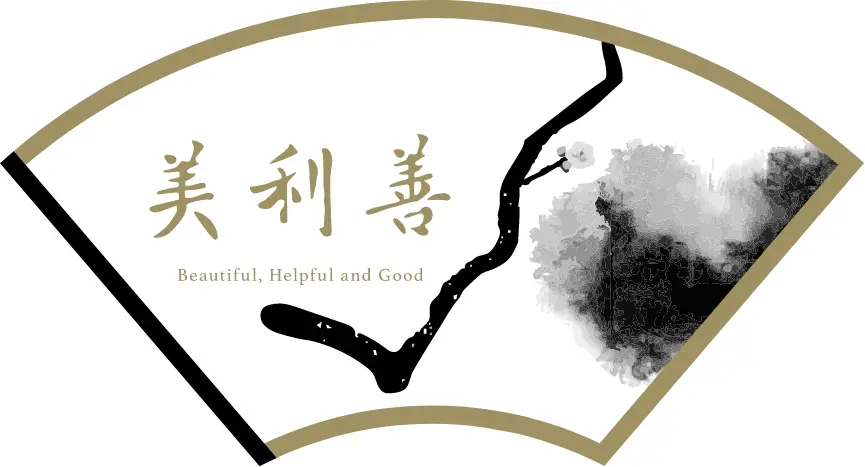People associated with Noto Peninsula-Part 1

I visited the Tokyo National Museum’s special exhibition, “The Artistic Cosmos of Hon’ami Kōetsu,” which opened on the 16th of last month.
*Kōetsu lived (1558-1637) during the turbulent period from the Azuchi-Momoyama to the early Edo era. Please refer to the linked images for each work.
The works, including the National Treasure “Writing Box, Pontoon bridge design in “maki-e” lacquer” that reflect the beliefs of the people who created them and the spirit of the times, seemed to shine with light themselves.
I was particularly impressed by the 13-meter-long collaborative work with Tawaraya Sōtatsu (?-?), “Anthology with Cranes”. Another highlight was the sight of people lined up like a beautiful flock of these cranes, gazing intently at the masterpiece in front of them.
Kakinomoto no Hitomaro (?-?), who composed the oldest poem in the collection, was a representative poet of the Asuka period (592-710), but the fact that the people who composed the poem 900-1300 years ago, the people who created the work 400 years ago, and us living today were all gathered here, transcending time and place, was truly a space worthy of being called an “Artistic Cosmos”.
As we slowly left the space and made our way to the first floor, another masterpiece with a striking presence awaited us.
The Hon’ami family had been under the patronage of Maeda Toshiie (1538-1599), the founder of the Kaga domain, since his youth, and Hasegawa Tōhaku (1539-1610), who painted this picture (at the beginning), was born in Nanao but moved to Kyoto in his 30s and made his mark on history.
There are various theories about when and for whom this work was created.
I had the opportunity to come into contact with a series of works by people associated with Noto Peninsula in the New Year.
So, I felt that this painting spoke to us, the people of today, in an infinitely gentle and beautiful way about memories that fade with time but must not be forgotten, and about the fact that people will always pass away, but the proof of their lives will never disappear.
Wherever I have gone since the beginning of the year, I have been keenly aware of the thoughts and actions of many people toward Noto. I sincerely pray for the health and safety of everyone affected by the disaster and for the souls of those who lost their lives, and I sincerely hope that I will be able to visit the area at some point in the future.
Image Source: ColBase
National Treasure “Pine Forest”, by Hasegawa Tōhaku, Azuchi-Momoyama period, 16th century, Tokyo National Museum collection

